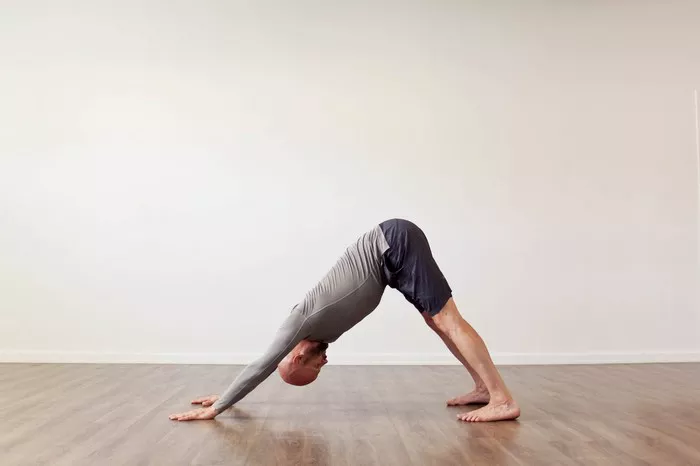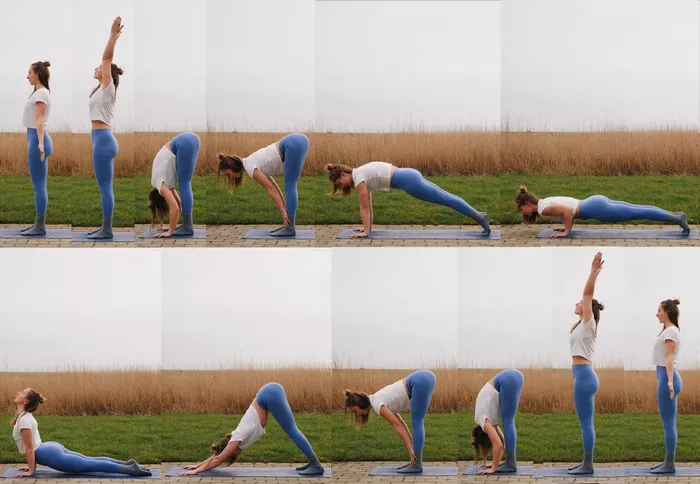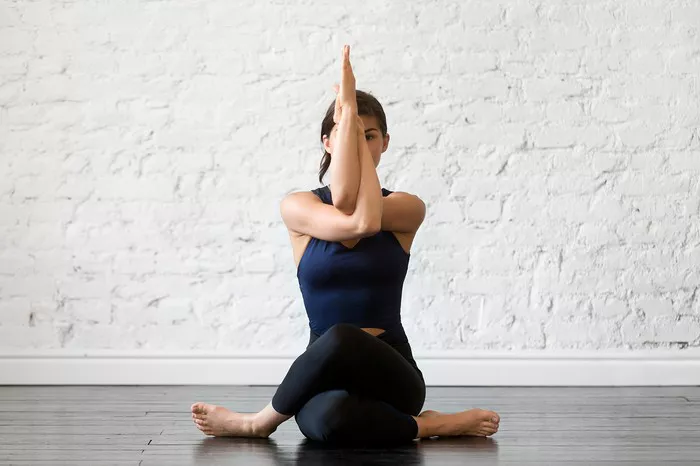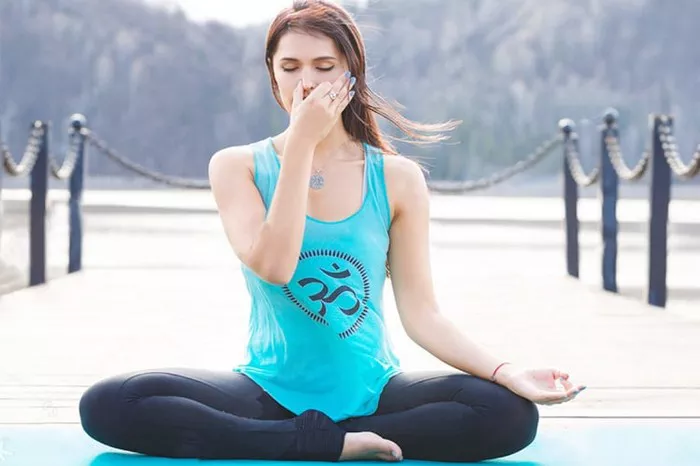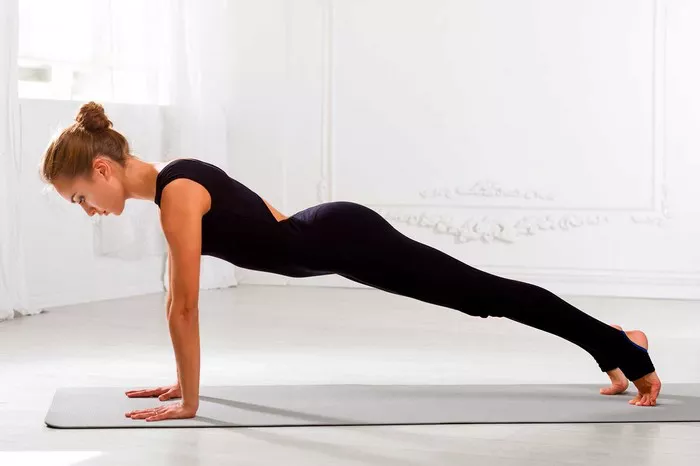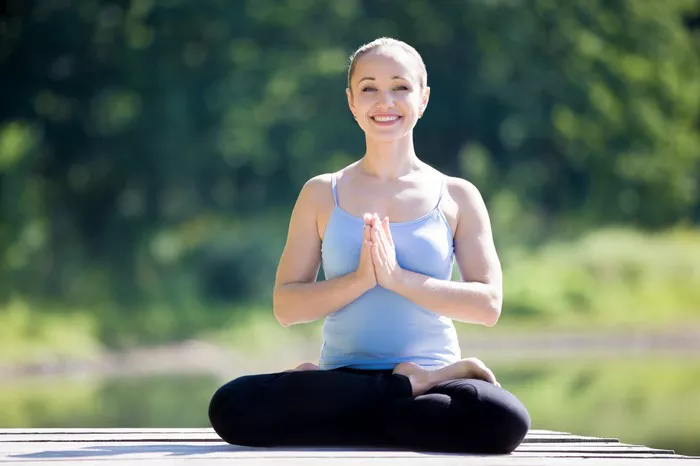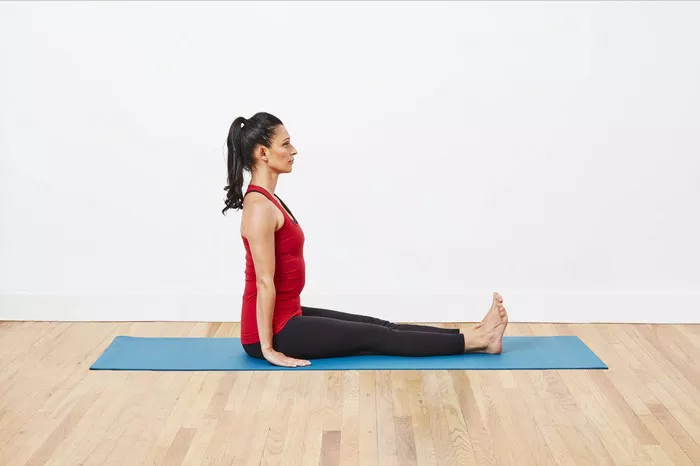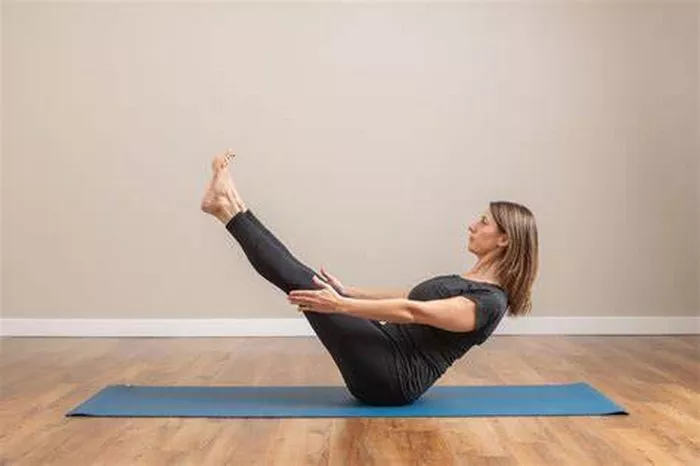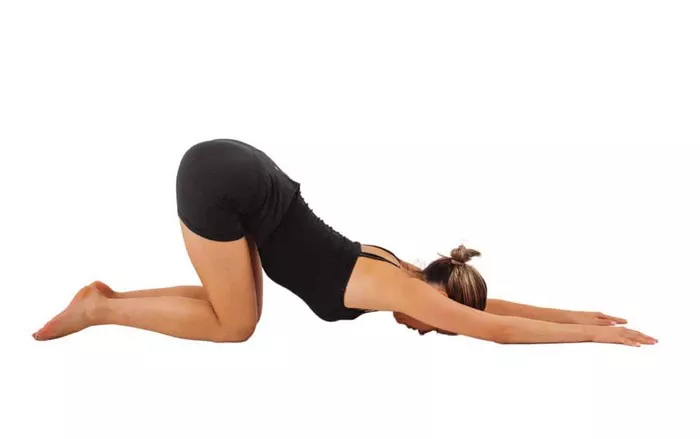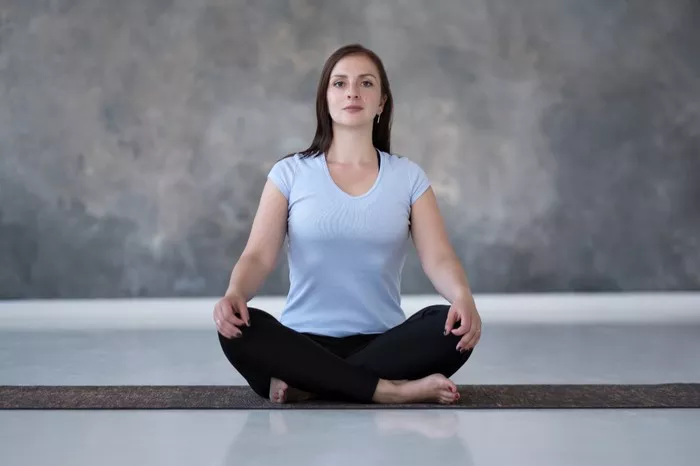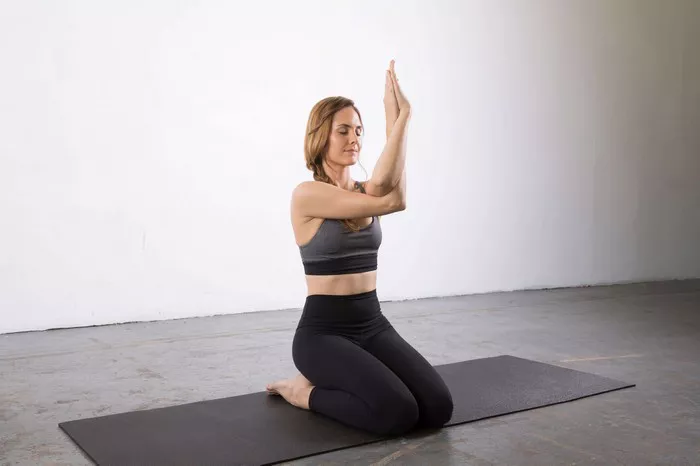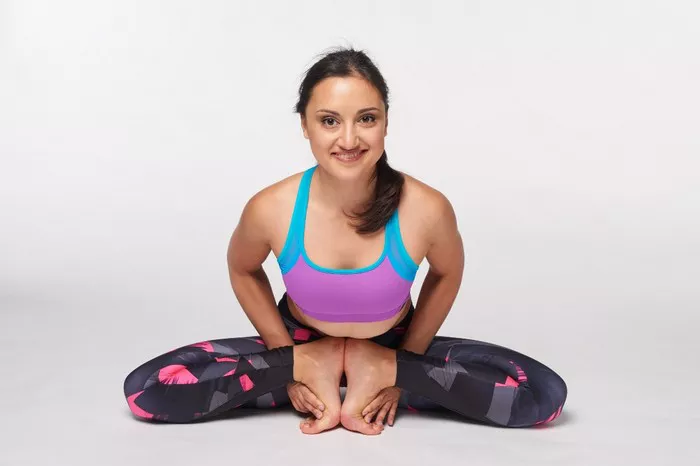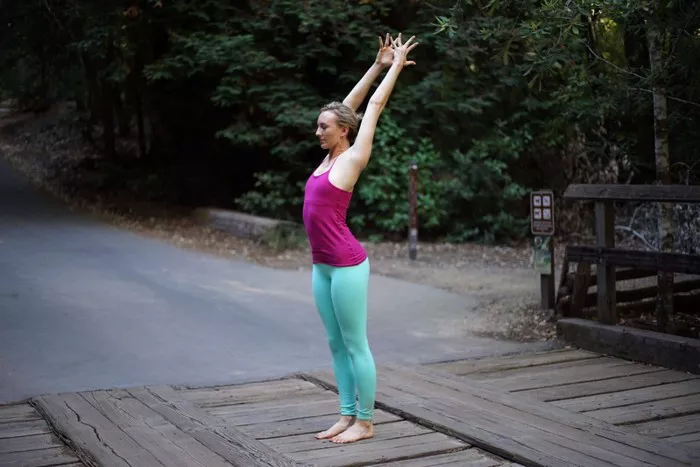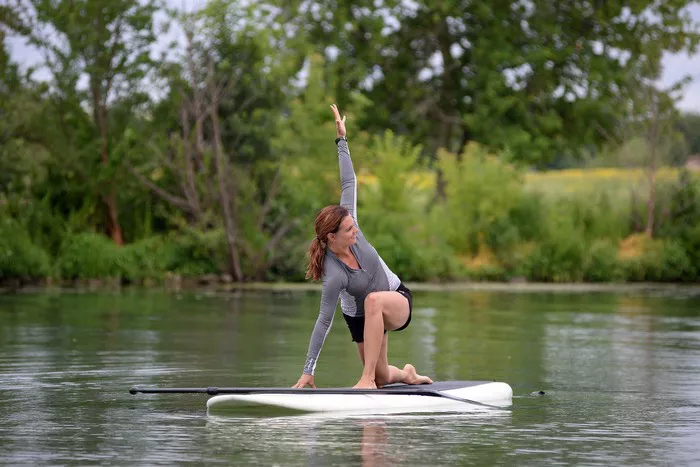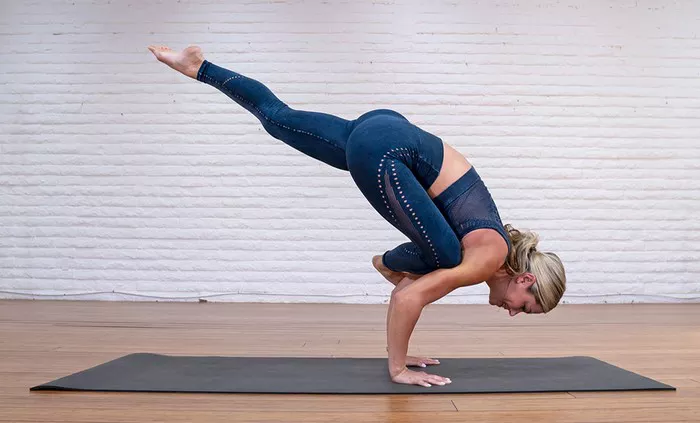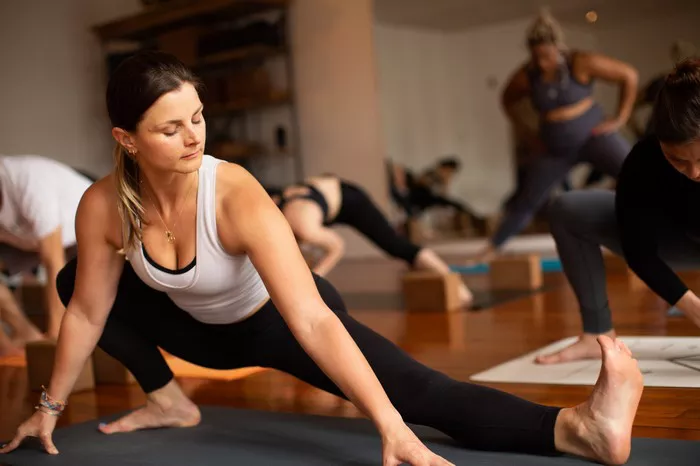Yoga props are supportive tools used during yoga practice to enhance performance, increase comfort, and ensure proper alignment. They help practitioners of all levels, from beginners to advanced yogis, deepen their poses safely and effectively. Props are particularly valuable in restorative, therapeutic, and Iyengar yoga styles, but they are beneficial across all yoga disciplines. By integrating props, practitioners can modify poses, reduce the risk of injury, and build confidence.
The Purpose and Benefits of Yoga Props
Yoga props serve several key purposes. Primarily, they provide support to help individuals maintain correct alignment, especially when flexibility or strength is limited. This support allows the practitioner to focus on breathing and mindfulness rather than strain or discomfort.
The benefits of yoga props include:
- Improved alignment
- Enhanced flexibility
- Increased stability
- Injury prevention
- Deeper relaxation
- Better accessibility for people with physical limitations
These tools allow people to personalize their yoga experience, promoting both safety and progress in the practice.
Common Types of Yoga Props
There are various types of yoga props, each serving a distinct purpose. Here is a breakdown of the most commonly used props:
1. Yoga Mat
A yoga mat provides a non-slip surface and cushioning to practice safely and comfortably. It forms the foundation of most yoga practices.
2. Yoga Blocks
Yoga blocks, typically made of foam, cork, or wood, help bridge the gap between the body and the floor. They are useful for seated, standing, and balancing poses. Blocks can be used under the hands, feet, or hips for added stability and reach.
3. Yoga Straps
Straps or belts are helpful for improving flexibility. They allow practitioners to hold poses longer and reach parts of the body that may otherwise be inaccessible.
4. Bolsters
Bolsters are firm cushions used primarily in restorative yoga. They provide comfort and support in reclined positions and facilitate relaxation by gently opening the body.
5. Blankets
Yoga blankets offer versatility. They can be folded for seated support, used for warmth during relaxation, or provide padding for sensitive joints.
6. Chairs
Specially designed yoga chairs are used in chair yoga or Iyengar yoga. They help with balance and allow for deeper stretches without strain.
7. Yoga Wheels
Yoga wheels are circular props used to enhance flexibility and support the spine. They help in backbends and stretching the front body.
How to Use Yoga Props Effectively
To benefit fully from yoga props, it is essential to understand how to use them properly. Misusing props can lead to poor alignment or dependency, which may hinder progress. Here are some general guidelines:
- Start with Guidance: Beginners should seek guidance from qualified instructors to learn correct usage.
- Adapt to Your Needs: Use props that align with your personal physical condition and the specific pose.
- Avoid Over-Reliance: While props support development, aim to reduce dependency over time as strength and flexibility improve.
- Focus on Alignment: Always prioritize correct alignment over depth of pose.
Yoga Props for Different Yoga Styles
Props are utilized differently depending on the style of yoga practiced:
Iyengar Yoga
This style emphasizes precision and alignment. Props are integral in helping practitioners hold poses correctly and longer.
Restorative Yoga
In restorative yoga, props are used extensively to support the body in restful poses, promoting deep relaxation and recovery.
Hatha Yoga
Hatha yoga often incorporates props to assist in gentle stretching and maintaining alignment.
Vinyasa and Power Yoga
Though these dynamic styles use props less frequently, they may still employ blocks or straps to modify challenging poses.
Prenatal Yoga
Props such as bolsters, blankets, and chairs are crucial for ensuring safety and comfort during pregnancy.
Choosing the Right Yoga Props
Selecting the appropriate props depends on several factors:
- Level of Experience: Beginners might need more props to support alignment.
- Type of Practice: Restorative yoga requires more props than dynamic styles.
- Body Type and Flexibility: Individuals with less flexibility may benefit from straps and blocks.
- Specific Goals: Props can support therapeutic goals or deepening specific asanas.
A personalized selection improves effectiveness and enjoyment of practice.
DIY and Alternatives to Traditional Yoga Props
Yoga props don’t always need to be purchased. Many everyday items can serve as effective alternatives:
- Books in place of blocks
- Towels or scarves as straps
- Firm pillows instead of bolsters
- Folded blankets for cushioning
- Sturdy chairs for balance support
These alternatives are especially helpful for home practitioners or those on a budget.
Maintenance and Storage of Yoga Props
Proper maintenance prolongs the life of yoga props and ensures hygienic use:
- Yoga mats should be wiped down regularly with a mild cleaner.
- Blocks and straps should be kept dry and cleaned according to material specifications.
- Bolsters and blankets may have removable covers for washing.
- Storage in a dry, clean area helps prevent damage and makes props easily accessible.
Clean props not only last longer but also contribute to a more pleasant practice environment.
Misconceptions About Yoga Props
Some practitioners view props as a sign of weakness or beginner status. However, this perception is misleading. Even advanced yogis use props to refine poses or explore new depths. The goal of yoga is not competition or performance, but personal growth, alignment, and mindfulness.
Using props is a sign of body awareness and intelligence in practice, not a limitation.
Integrating Props Into a Regular Practice
To fully integrate yoga props into your routine:
- Incorporate them intentionally: Identify poses that can benefit from support.
- Be consistent: Use props regularly to build muscle memory.
- Reflect on their impact: Notice how props affect your stability, comfort, and focus.
- Adjust as you progress: As your body changes, modify or reduce reliance on props.
Integration fosters confidence and encourages safe exploration of more advanced postures.
Conclusion
Yoga props are invaluable tools that support alignment, enhance comfort, and open doors to deeper practice. They are suitable for everyone—from complete beginners to seasoned yogis. By selecting the right props, using them mindfully, and understanding their role in different styles, practitioners can elevate their yoga journey safely and effectively.
Whether in a studio or at home, incorporating yoga props with intention can transform the way you approach your mat and your body, making yoga more accessible, enriching, and sustainable.
Related Topics:

